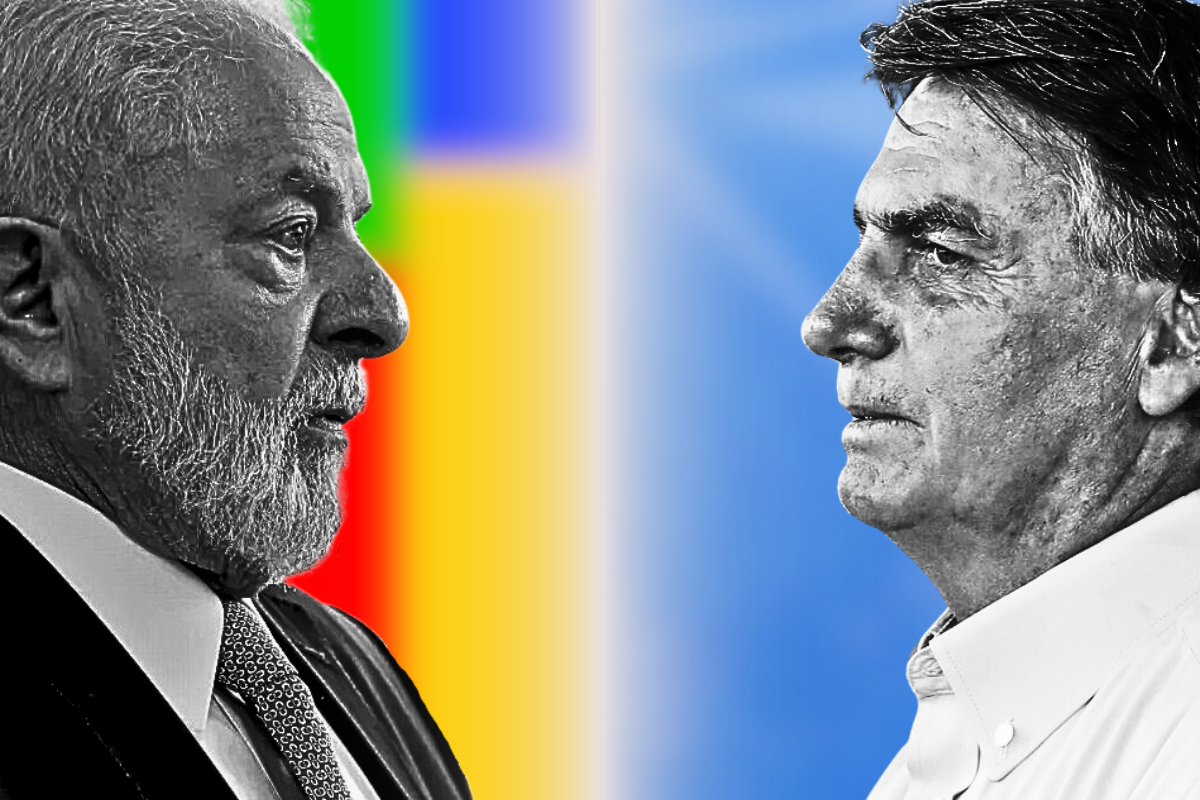In recent years, Brazilian politics has been dominated by two larger-than-life characters: center-left President Luiz Inácio Lula da Silva and his far-right nemesis and predecessor, Jair Bolsonaro.
Lula pitched himself in 2022 as the antithesis of Mr. Bolsonaro, winning the race by a razor-thin margin, largely thanks to the many errors Mr. Bolsonaro committed during the pandemic and Lula’s political capital — accumulated over five presidential bids and eight years as head of state.
So far, Lula has come up short of his promise to pacify the country. The electorate remains as polarized as ever, with analysts pointing to a process of “calcification” in politics — with voters deeply entrenched in their positions and seeing eye to eye on fewer and fewer issues.
Even though Mr. Bolsonaro has been barred from electoral politics until 2030, his four-year tenure as president is the reference against which Lula’s accomplishments and shortcomings will be compared. So, after one year, how do these political titans stack up against one another?
Structural reforms
Both Mr. Bolsonaro’s and Lula’s first years in office were marked by consequential reforms.
In 2019, Congress managed to approve the boldest pension reform ever passed in Brazil. In all fairness, then-President Bolsonaro made efforts to dilute the new retirement rules — but a pro-business congressional leadership made the reform possible.
The reform created, for the first time, a minimum retirement age and tackled a few privileged groups. Many, however, managed to keep their special rules — in an unlikely convergence between the left (in its defense of public servants and teachers) and the far-right (which caters to law enforcement agents).
Considering how the Brazilian population has aged at a fast pace, the reform was an important accomplishment for the country.
This year, the Lula administration put its political weight behind an equally transformative reform: one which simplifies Brazil’s Byzantine tax code.
The tax reform will radically change Brazil’s consumption tax system by consolidating five multi-tiered taxes into two VAT-like levies: one at the federal level (CBS) and one for states and municipalities (IBS). Currently, the state-level ICMS tax on goods and services is by far the most important source of revenue for state governments.
According to 2019 World Bank data, it takes an average of 1,500 hours per year (or 187 eight-hour workdays) to comply with Brazilian tax laws. While not perfect, the tax reform is expected to foster business and investment growth.
GDP growth
During Mr. Bolsonaro’s first year, the Brazilian gross domestic product grew 1.2 percent. It was only the third year of positive results after the 2014-2016 recession. In 2017 and 2018, under the Michel Temer administration, GDP increased by 1.3 percent in both years, after declines of 3.5 percent in 2015 and 3.3 percent in 2016.
Family consumption, the main driver of the Brazilian economy on the demand side, slowed down sharply in 2019, and the services sector, typically responsible for driving the supply side of the economy...


 Search
Search






































